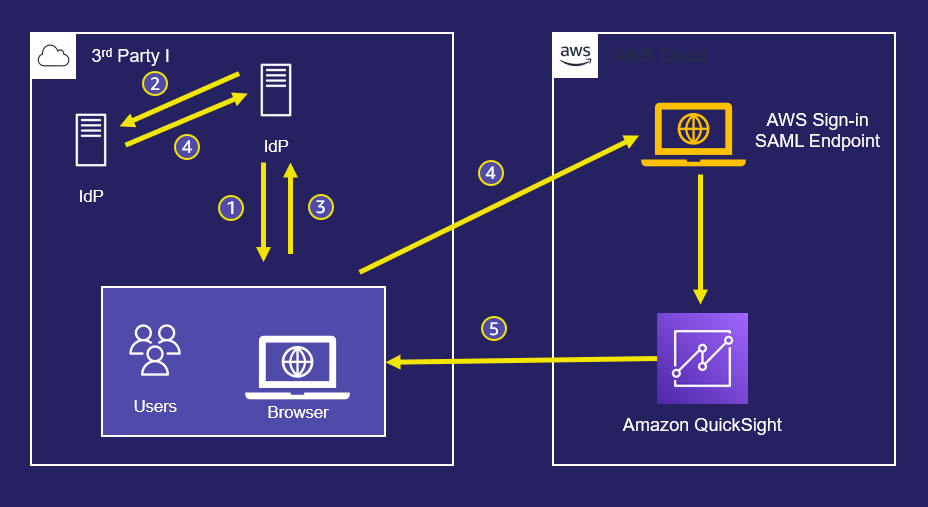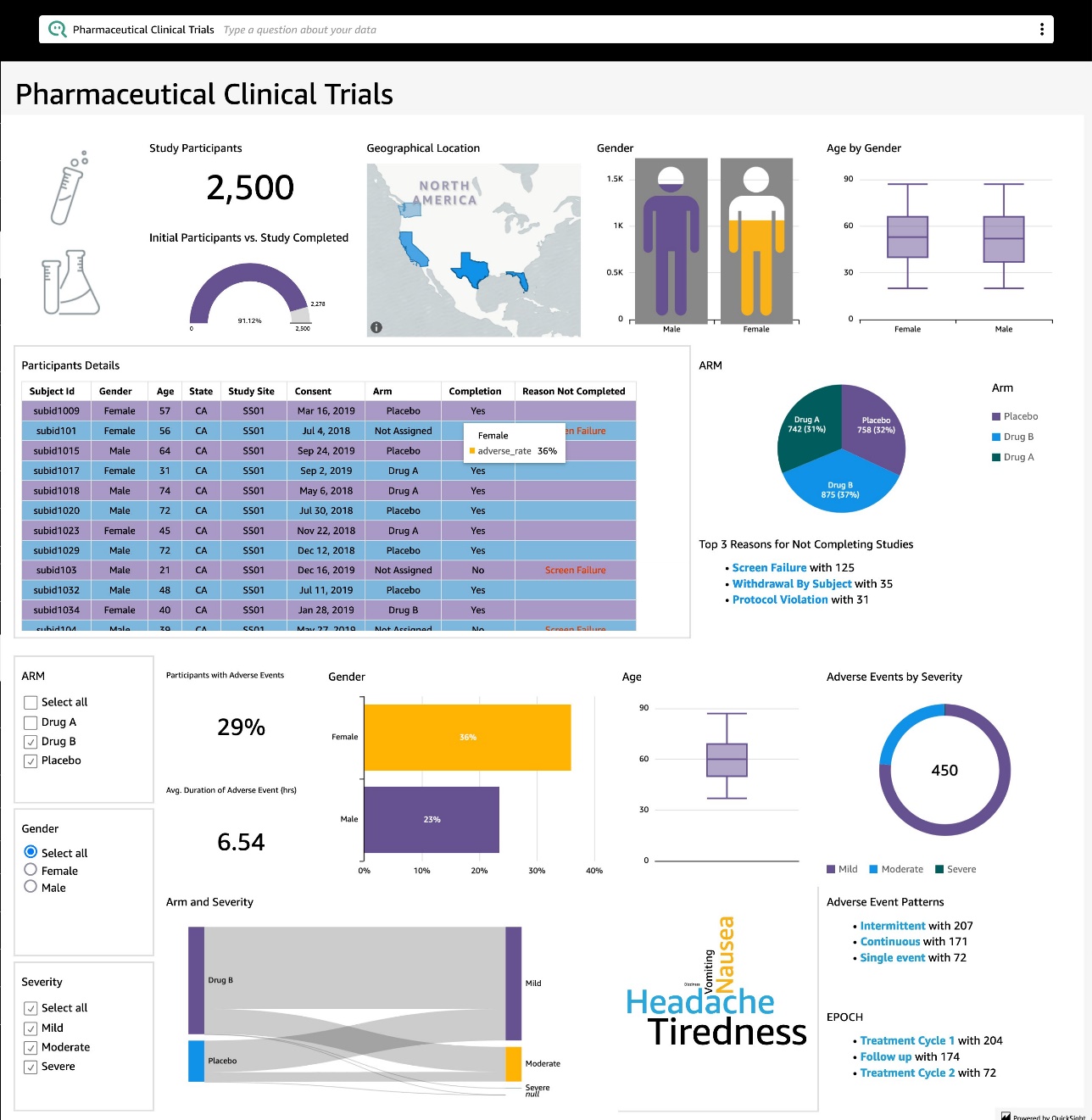AWS Big Data Blog
Tag: Q/Machine Learning.
Enable Amazon QuickSight federation with Google Workspace
Amazon QuickSight is a scalable, serverless, embeddable, machine learning (ML)-powered business intelligence (BI) service built for the cloud that supports identity federation in both Standard and Enterprise editions. Organizations are working towards centralizing their identity and access strategy across all of their applications, including on-premises, third-party, and applications on AWS. Many organizations use Google Workspace […]
Tips and tricks for high-performant dashboards in Amazon QuickSight
August 2025: This post was reviewed and updated for accuracy. Amazon QuickSight is cloud-native business intelligence (BI) service. QuickSight automatically optimizes queries and execution to help dashboards load quickly, but you can make your dashboard loads even faster and make sure you’re getting the best possible performance by following the tips and tricks outlined in […]
Introducing new dashboard experience on Amazon QuickSight
This post was last updated August 2022, to include new experiences such as Analysis and Embedding. Amazon QuickSight launches the new look and feel for your dashboards. In this post, we will walk through the changes and improvements introduced with the new look. The new dashboard experience includes the following improvements: Simplified toolbar Discoverable visual […]
Top Amazon QuickSight features and updates launched Q1 2022
Amazon QuickSight is a serverless, cloud-based business intelligence (BI) service that brings data insights to your teams and end users through machine learning (ML) powered dashboards and data visualizations, which can be access via QuickSight or embedded in apps and portals that your users access. This post shares the top QuickSight features and updates launched […]
Amazon QuickSight 1-click public embedding
Amazon QuickSight is a fully managed, cloud-native business intelligence (BI) service that makes it easy to connect to your data, create interactive dashboards, and share these with tens of thousands of users, either directly within a QuickSight application, or embedded in web apps and portals. QuickSight Enterprise Edition now supports 1-click public embedding, a feature […]
Enhance analytics with Google Trends data using AWS Glue, Amazon Athena, and Amazon QuickSight
In today’s market, business success often lies in the ability to glean accurate insights and predictions from data. However, data scientists and analysts often find that the data they have at their disposal isn’t enough to help them make accurate predictions for their use cases. A variety of factors might alter an outcome and should […]
ProLink uses Amazon QuickSight to enable states to deliver housing assistance to those in need
This is a joint post by ProLink Solutions and AWS. ProLink Solutions builds software solutions for emergency fund deployment to help state agencies distribute funds to homeowners in need. Over the past 20 years, ProLink Solutions has developed software for the affordable housing industry, designed to make the experience less complicated and easy to report […]
Announcing the new Amazon QuickSight Community
On February 22, 2022, we launched our new Amazon QuickSight Community. Here you can ask and answer questions, network with and learn from other Business Intelligence (BI) users from across the globe, access learning content, and stay up to date with what’s new on Amazon QuickSight—all in one place! In this post, we discuss some […]
Enable users to ask questions about data using natural language within your applications by embedding Amazon QuickSight Q
Amazon QuickSight Q is a new machine learning-based capability in Amazon QuickSight that enables users to ask business questions in natural language and receive answers with relevant visualizations instantly to gain insights from data. QuickSight Q doesn’t depend on prebuilt dashboards or reports to answer questions, which removes the need for business intelligence (BI) teams […]
Use AnalyticsIQ with Amazon QuickSight to gain insights for your business
Decisions are made every day in your organization that impact your business. Making the right decision at the right moment can deeply impact your organization’s growth and your customers. Likewise, having the right data and tools that generate insights into the data can empower your organization’s leaders to make the right decisions. In the healthcare […]









